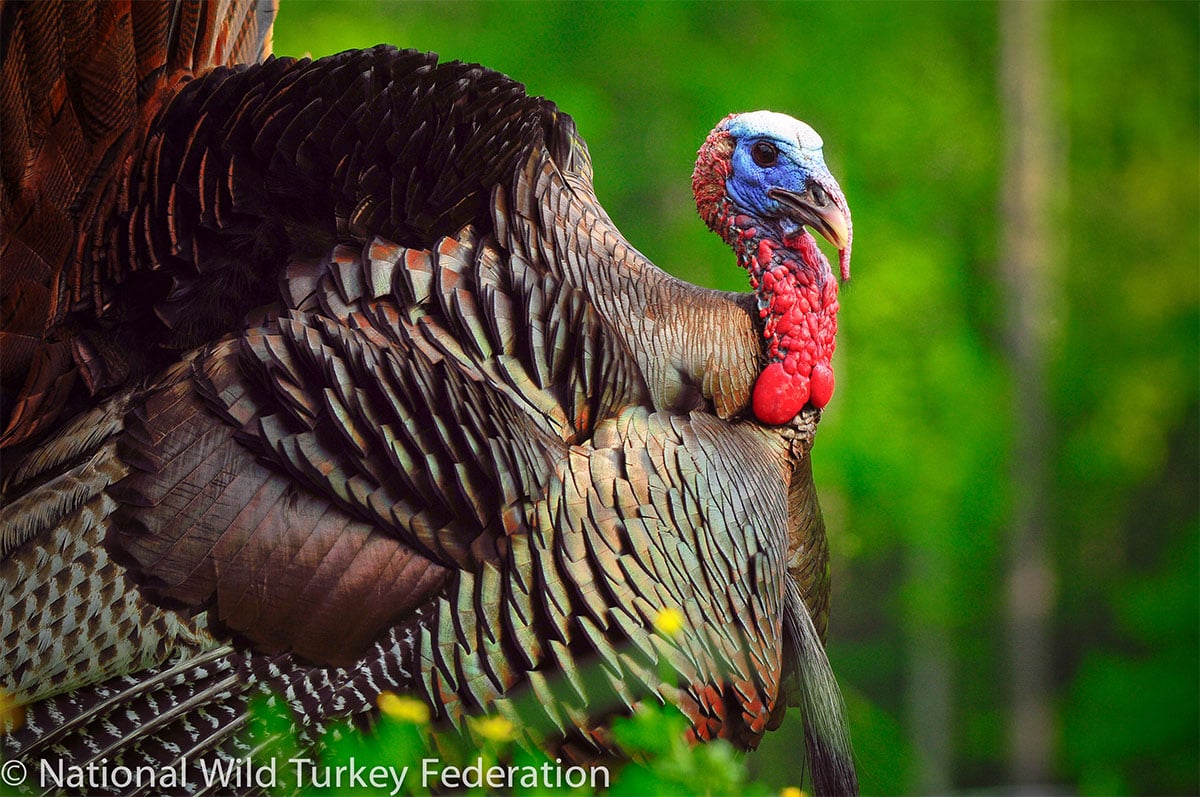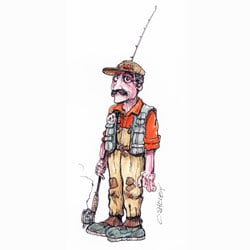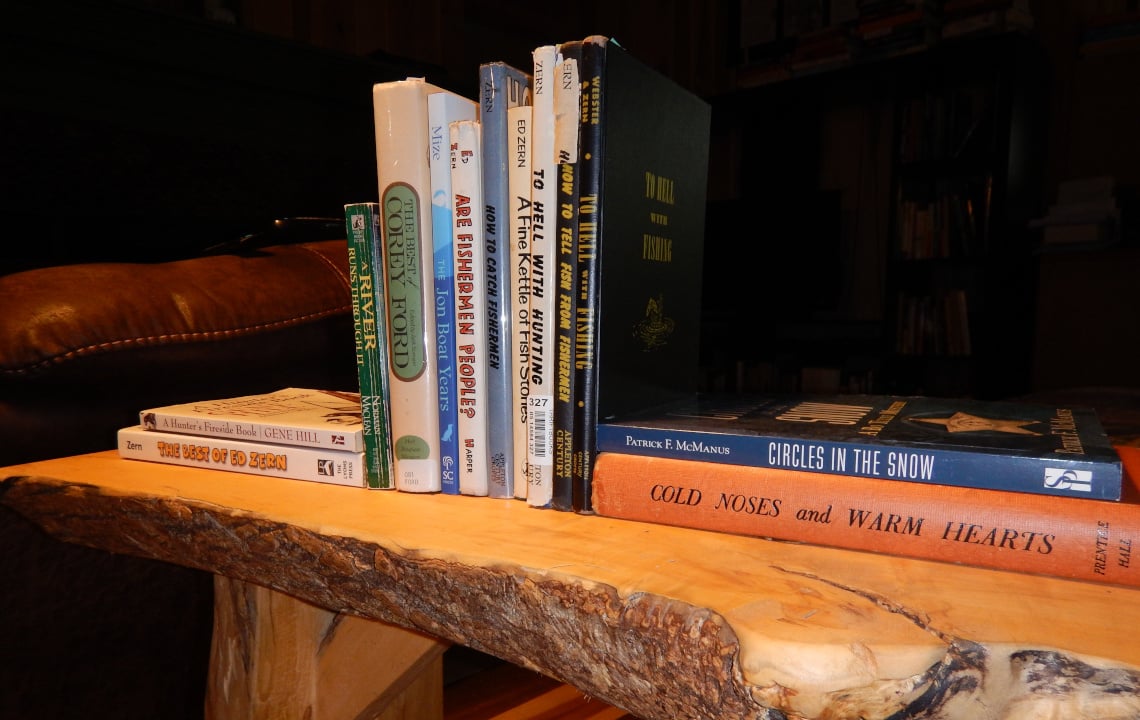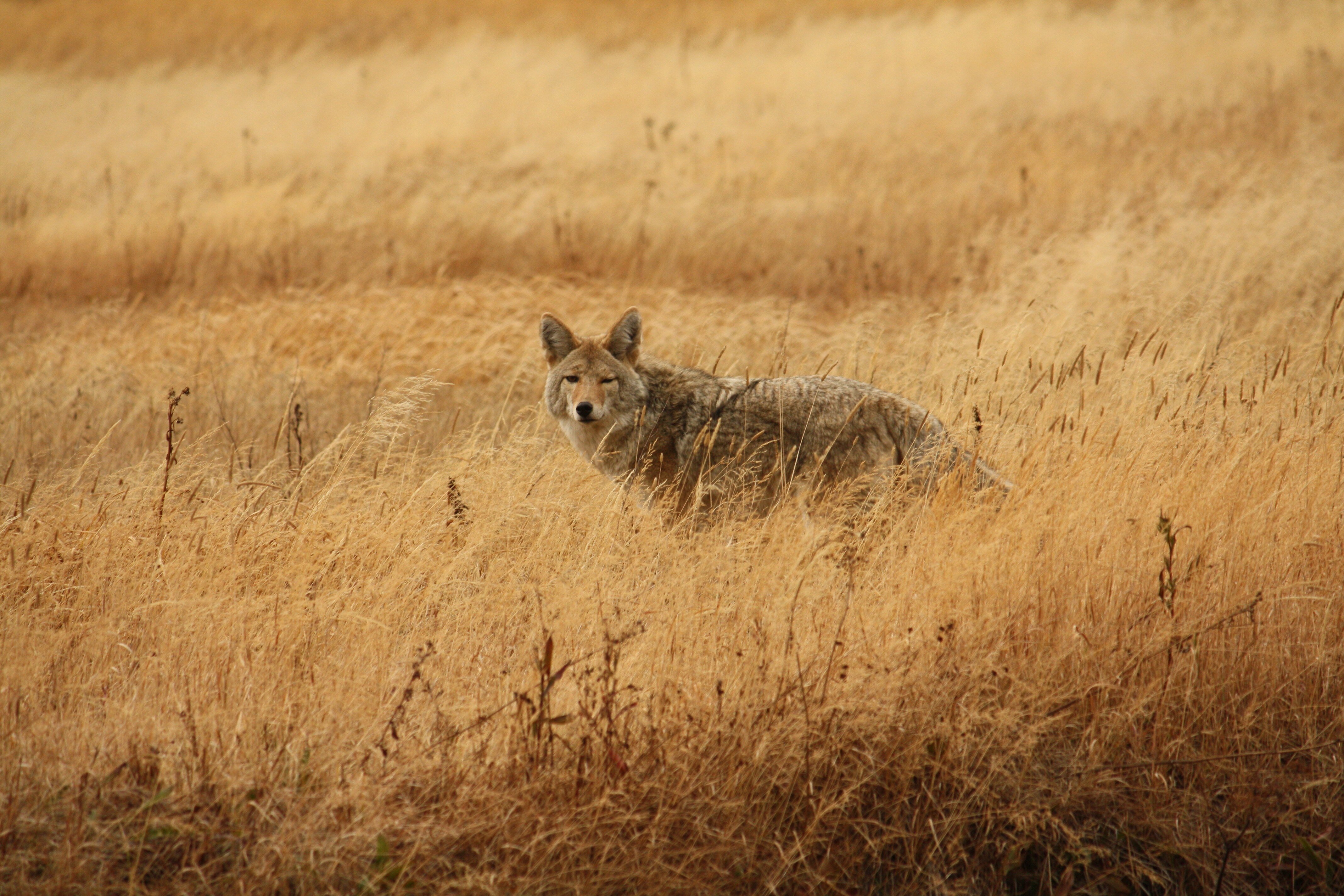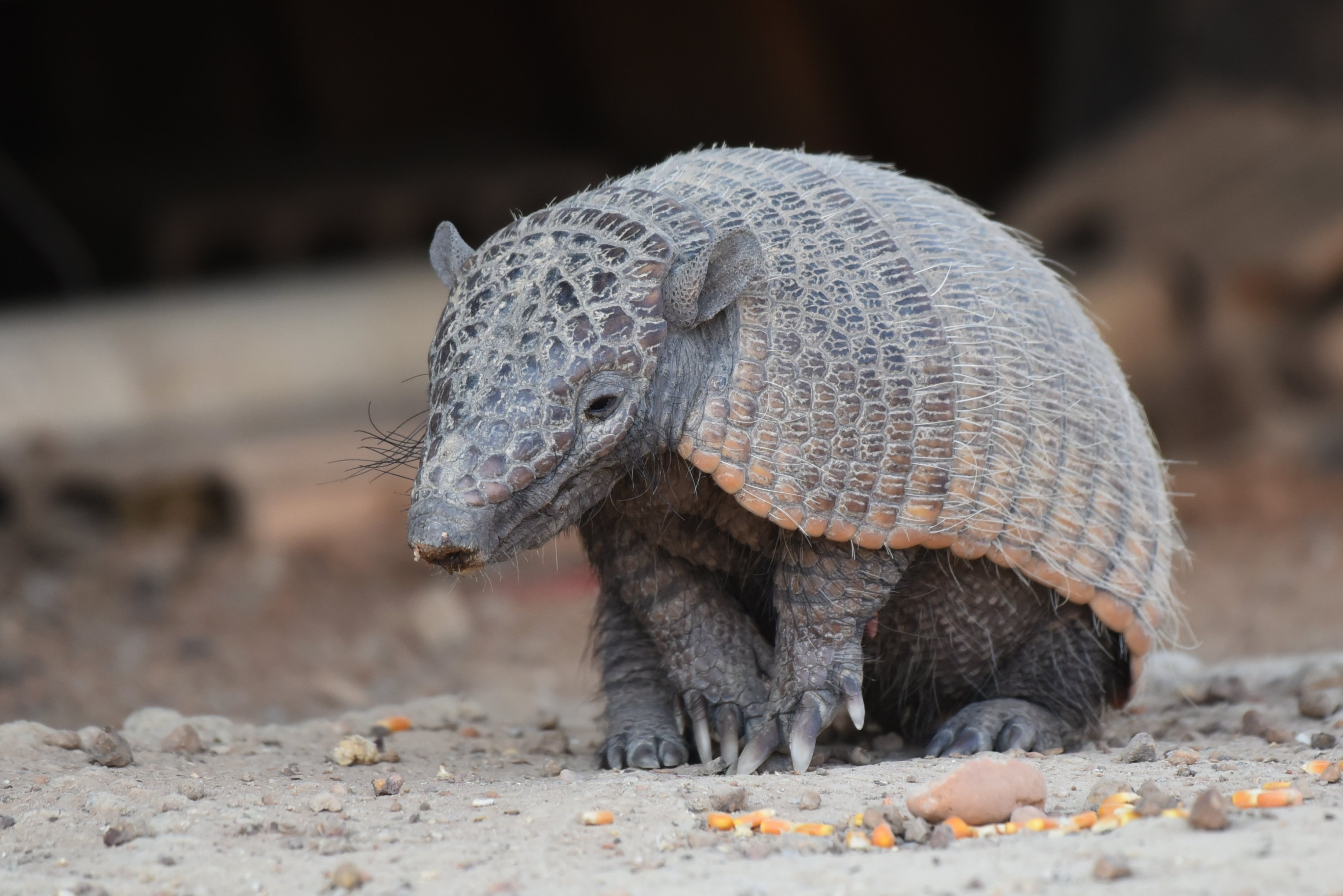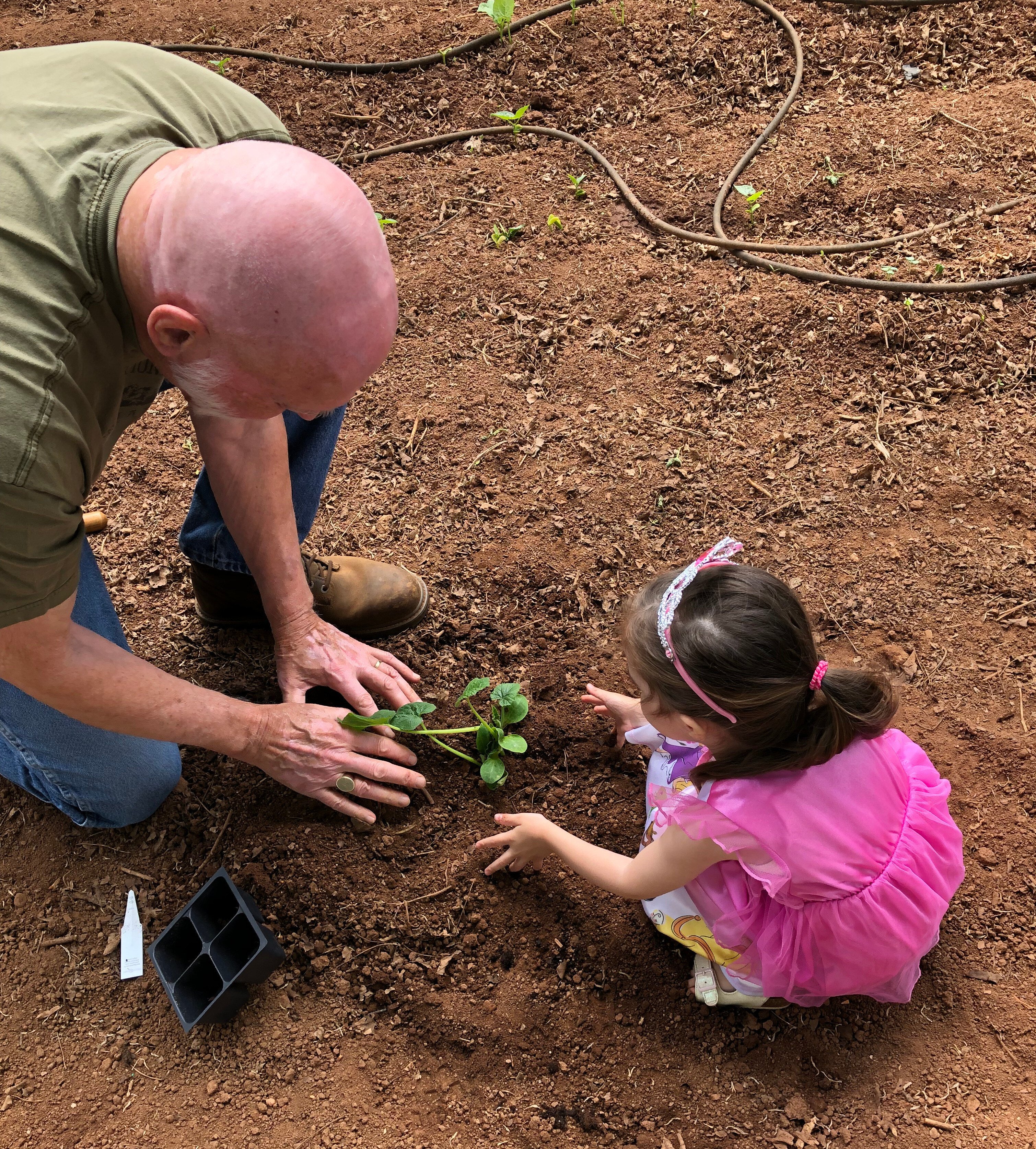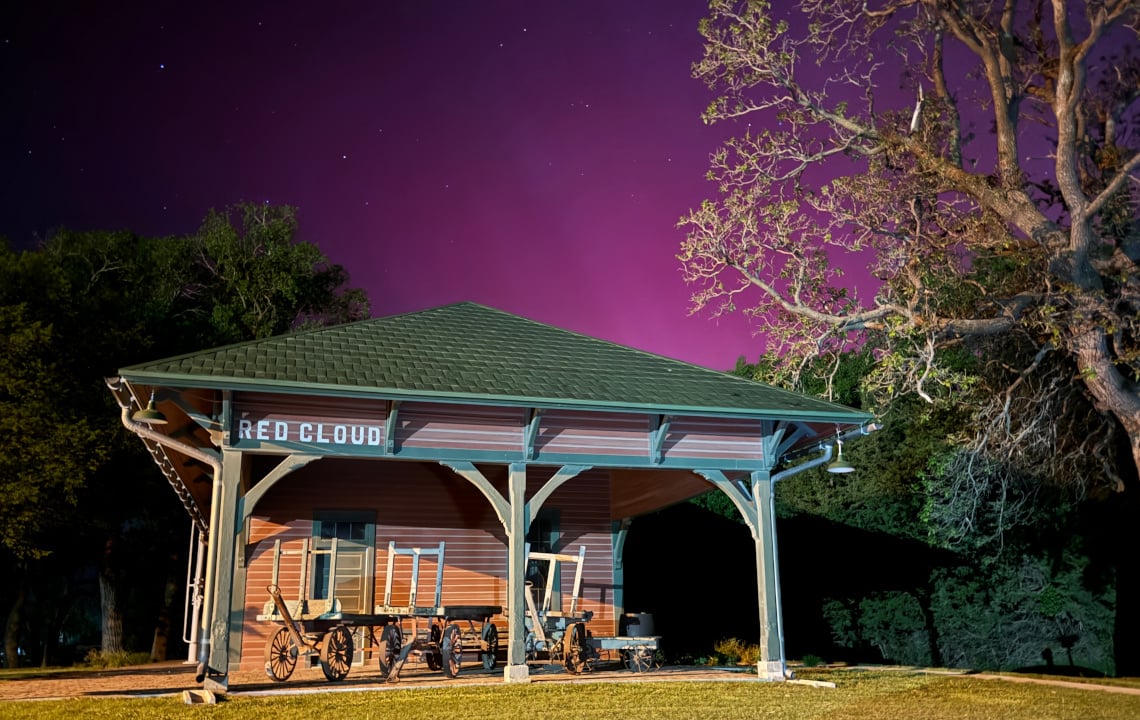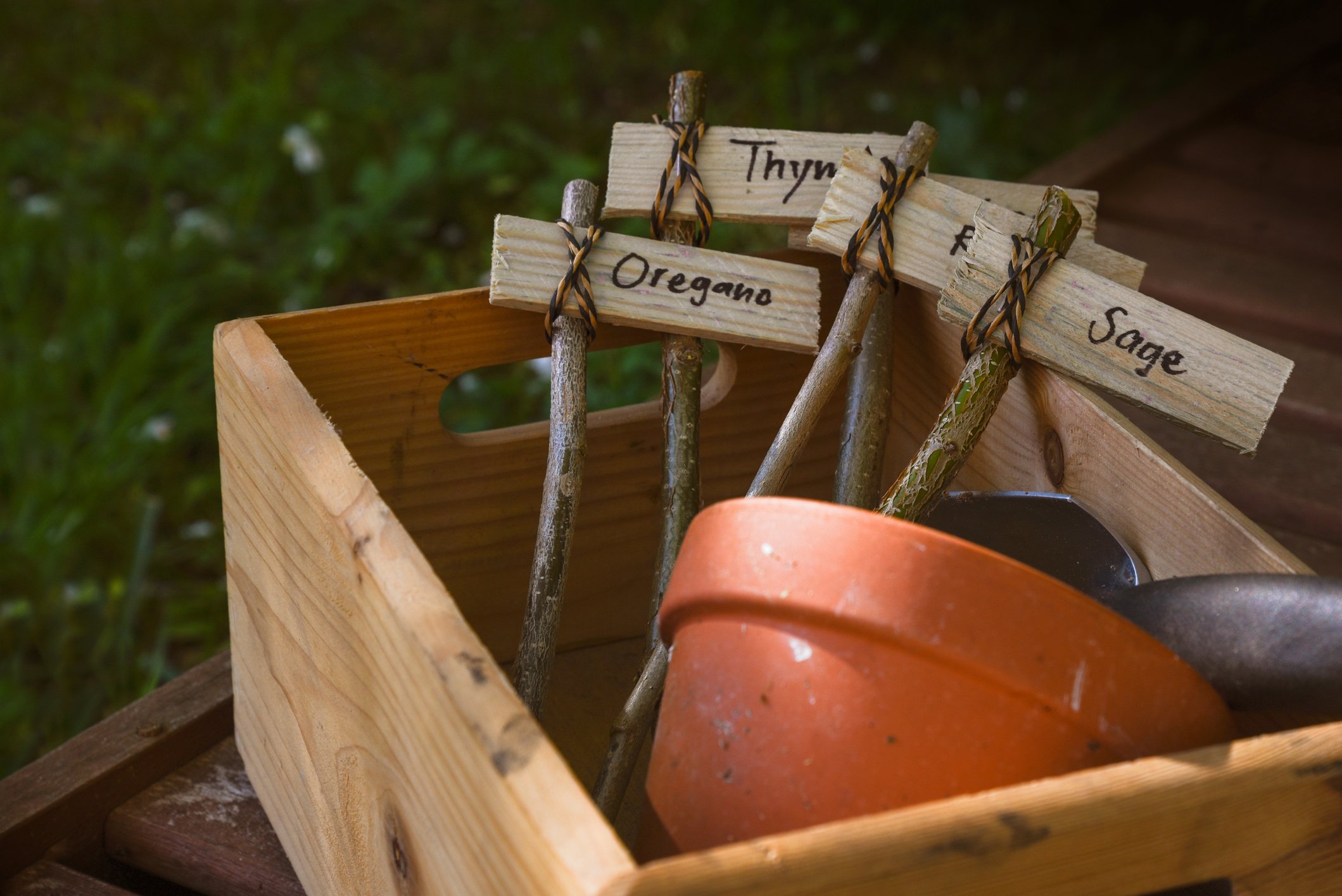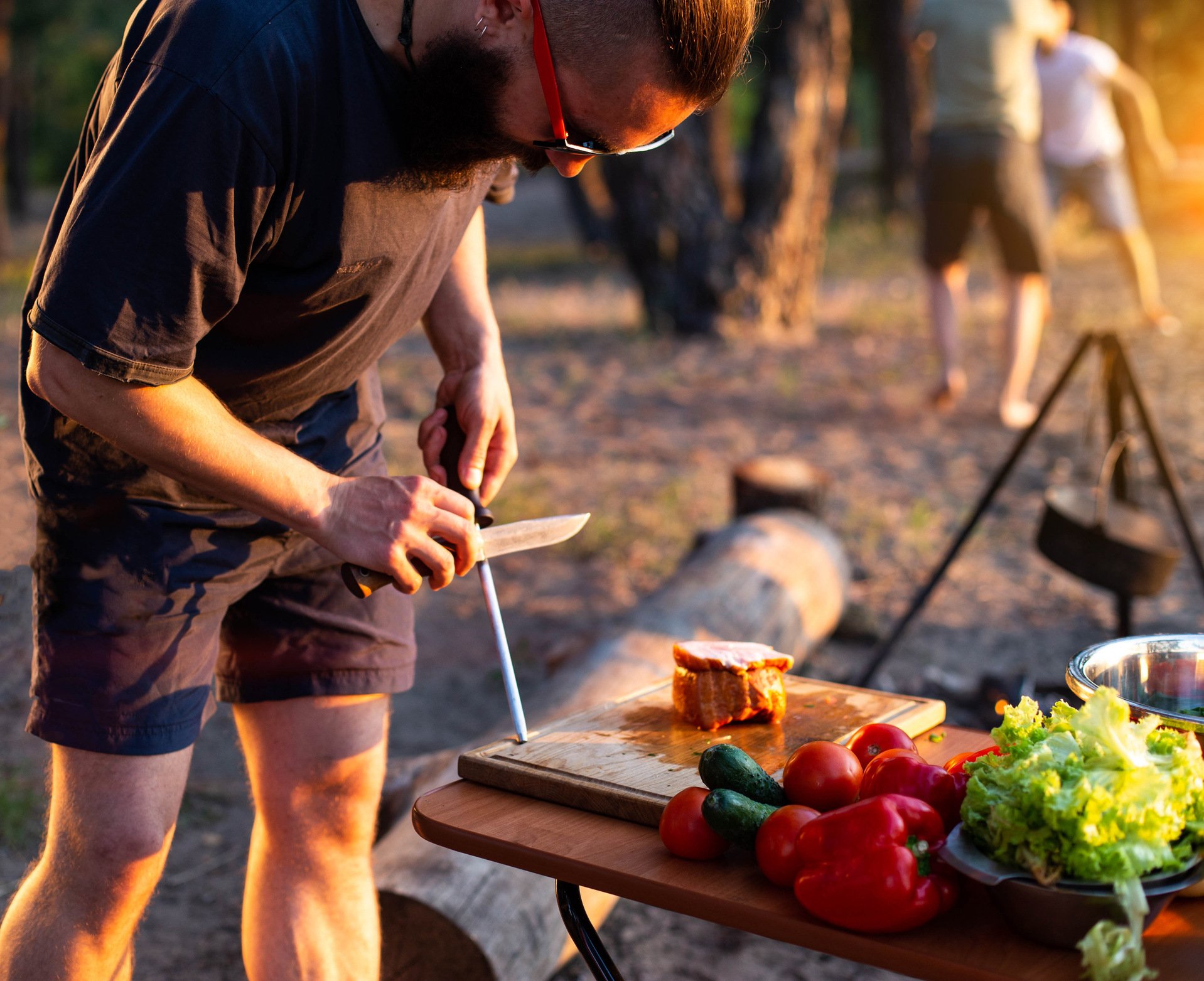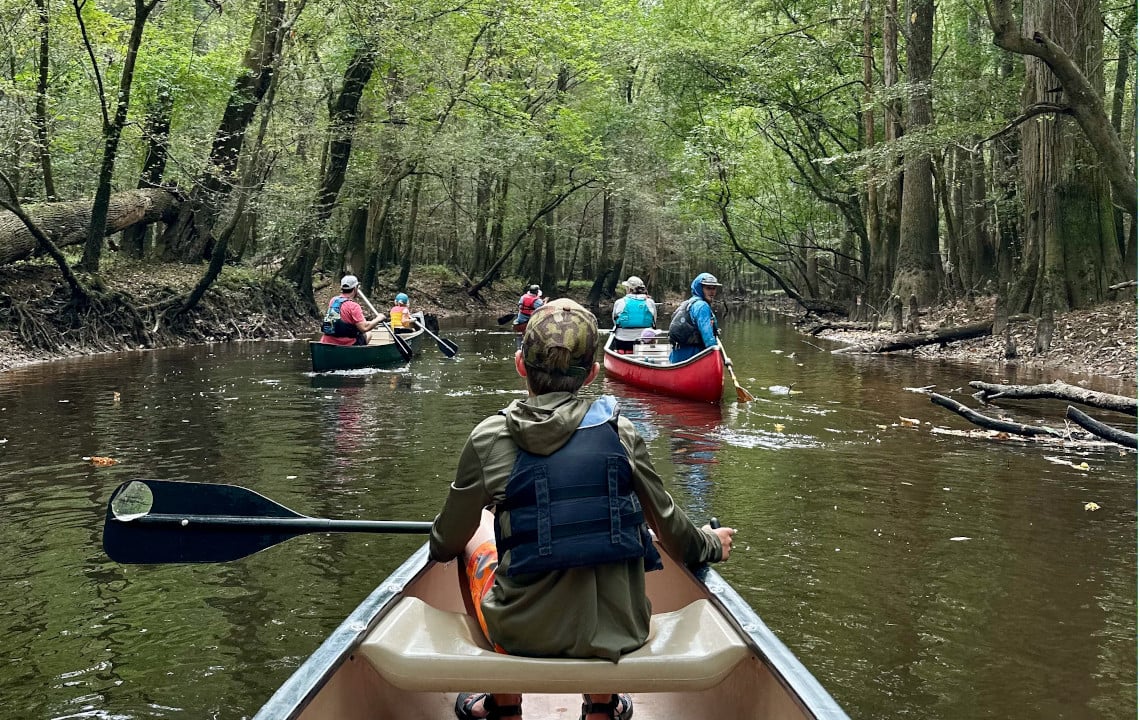America’s turkey population diminished to near extinction 100 years ago as habitats disappeared. This is the story of how hunters and scientists worked together to bring turkeys back with a vengeance.
EDGEFIELD, South Carolina -- For more than 200 years, chasing turkeys has been a favorite pastime among America’s outdoorsmen. But turkeys almost disappeared from our country about a century ago.
At the National Wild Turkey Federation here in Edgefield, South Carolina, a wild turkey aficionado can learn the true history of turkey hunting in America.
In the early days, Native Americans depended on the wild turkey for food and it became an important element of their culture. By the early 1800s, the turkey had become a target of market hunters and a source of sustenance. But mass timber harvests removed turkey habitats and -- with them -- the impact of market hunting as wild turkey numbers diminished. By the 1930s, the nation’s turkey population was estimated at a mere thirty thousand.
To restock the flocks, early efforts involved releasing pen-raised birds. These were rarely effective in establishing wild flocks, as these birds were unable to compete in the wild. That’s when wildlife biologists shifted their efforts to trapping and transferring wild turkeys. The first traps used were walk-in traps, drop nets and funnel traps. These worked for Merriam and Rio Grande turkeys, but eastern wild turkeys eluded capture.
Then in 1948, H.H. Dill and W.H. Thornsberry invented a cannon net that could be fired over a flock. In 1951, the first turkeys were captured with the cannon net in the Francis Marion National Forest in Huger, South Carolina.
By 1973, turkey numbers had risen to 1.3 million. That same year, the National Wild Turkey Federation (NWTF) was founded. This new organization of outdoorsmen worked with state and federal wildlife agencies to fund the transfer of wild turkeys. Today, the wild turkey population is estimated at 7 million and turkeys are now hunted in every state except Alaska.
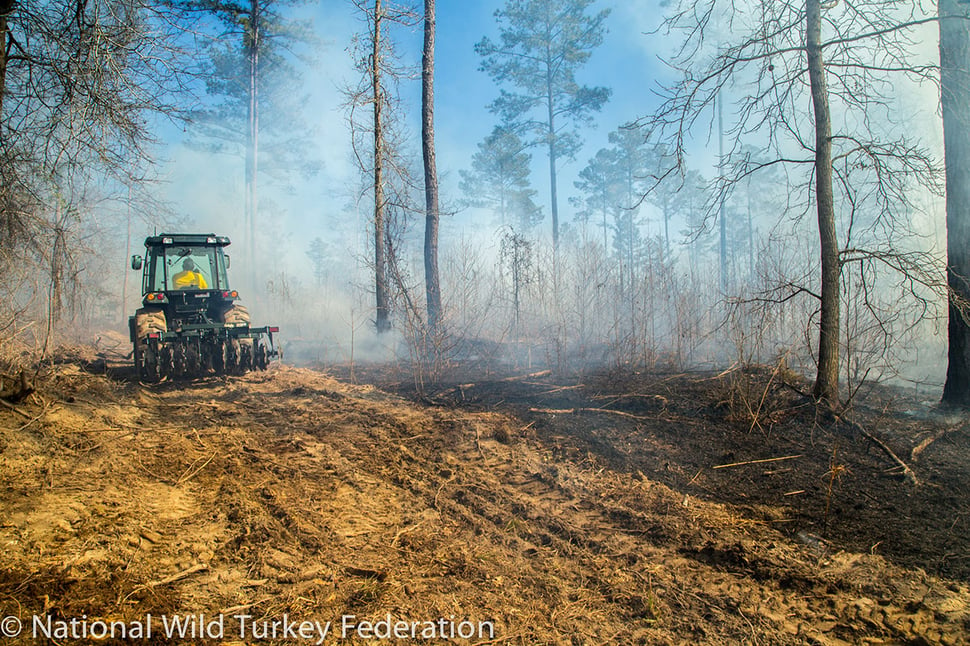
An interesting part of the museum is the demonstration of managing forests with fire to improve habitat. Helicopters drop “burn balls” that light on impact for controlled burns. This keeps the vegetation low, which is good for grasshoppers and other insects that turkeys eat. An open forest also helps turkeys see and escape from predators. Should a fire start on already burned ground, the resulting wildfire will also be less severe since much of the fuel has already been removed. A helicopter in the museum is open for kids and adults to board and watch a film showing a burn and describing this management technique.
The fires are one of a number of ways hunters and conservationists alike use wildlife management techniques to keep America’s turkey population robust.
Other interesting sights and lessons to be learned in the museum:
The museum has much more to teach its visitors about the sport of turkey hunting. One can appreciate the art in turkey calls, literature, paintings, and sculptures.
Turkey score cards
Many hunters like to score turkeys for their records. This involves measuring weight, beard length and spur length using formulas to calculate their score. An illustration of this technique is shown along with a calculation.
Legendary Turkey Calls
Then there are the call makers. Display cases contain all kinds of calls from box calls to wingbone calls. Neil Cost, nicknamed the “Stradivarius of Turkey,” has several calls on display. His finely tuned box calls are highly sought after. The last sold at auction brought $11,000 dollars. It was appropriately named the “Fat Lady.”
You can also see award winning calls from many NWTF competitions along with other artistic calls that involved weeks if not months of handwork. Calls that years ago were simple boxes or bone calls have evolved into items that deserve prominent display.
Turkey hunting books
Besides the history and art, there are the stories, found in books we enjoy in an armchair by the fire on nights too cold to venture out or on rainy afternoons leading up to turkey season. Our minds are often contemplating past hunts and friends we have ventured afield with or anticipating the coming of the next season. Though we may only have a few weeks to enjoy the sport, it grows into a year-long passion. For turkey hunters, the NWTF museum is a fine place to experience a broader perspective of the sport.
If you want to visit the National Wild Turkey Federation Museum:
Photos courtesy of the National Wild Turkey Federation.


